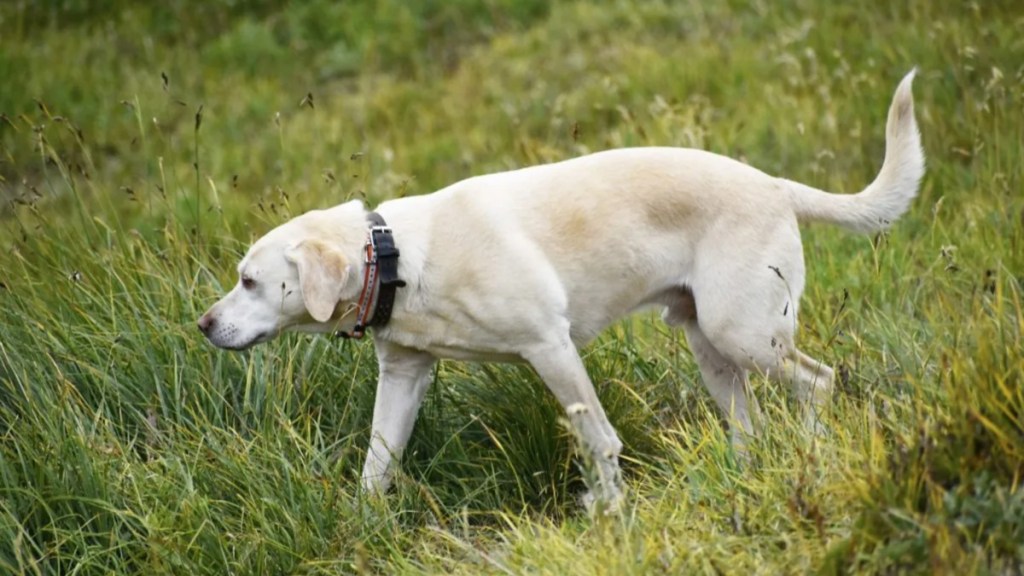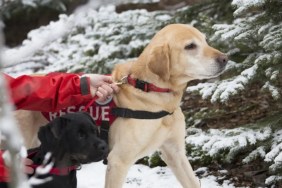Dogs are being trained to identify the presence of invasive species in the environment in Kennebunk, Maine. Researchers from Texas Tech and Virginia Tech are leading this training as part of a national study. The study involves five dogs — Tempe, June, Hopper, Woody, and Cami. Each will be working with their owners and a trainer from the Animal Welfare Society (AWS), Melissa McCue-McGrath, to specifically detect the invasive spotted lanternfly.
What is an invasive species and how can dogs detect them?
An invasive species is an organism that brings ecological or economic damage within the environment where it is not naturally found. The essence of this training is to explore whether dogs can identify the scent of the lanternfly. As such, this would thereby aid in the fight against its spread. McCue-McGrath explains the training process, which involves hiding dead insect eggs in various containers for the dogs to locate. Upon finding an egg, dogs are trained to signal to their owners — an action which is rewarded with treats.
An invasive species, such as the spotted lanternfly first identified in Pennsylvania in 2014, poses significant threats to local ecosystems. Having spread to 17 states since its detection, its presence in Maine is a concern. In particular, this is due to its potential impact. Invasive species often outcompete native species, disrupt ecosystems, and can cause significant agricultural damage.
Dogs, with their highly developed sense of smell, can detect these species in a way humans cannot. Trained dogs can sniff out the scent of invasive species like the spotted lanternfly. Moreover, they can do so from substantial distances and even beneath the ground. Their training involves harnessing this capability by associating the detection of specific scents with positive reinforcement — per News Center Maine. As McCue-McGrath says, “If we can get them to trust their noses and tell us it’s here, we can hopefully prevent this bug from getting into the state of Maine.”
By the end of March, researchers expect the dogs involved in the study to pass an odor test. Their advancement to the next training phase — involving field tests — is contingent upon this. Success in these trials could signify a groundbreaking step towards utilizing trained dogs in environmental conservation efforts, particularly in detecting and preventing the spread of invasive species.









